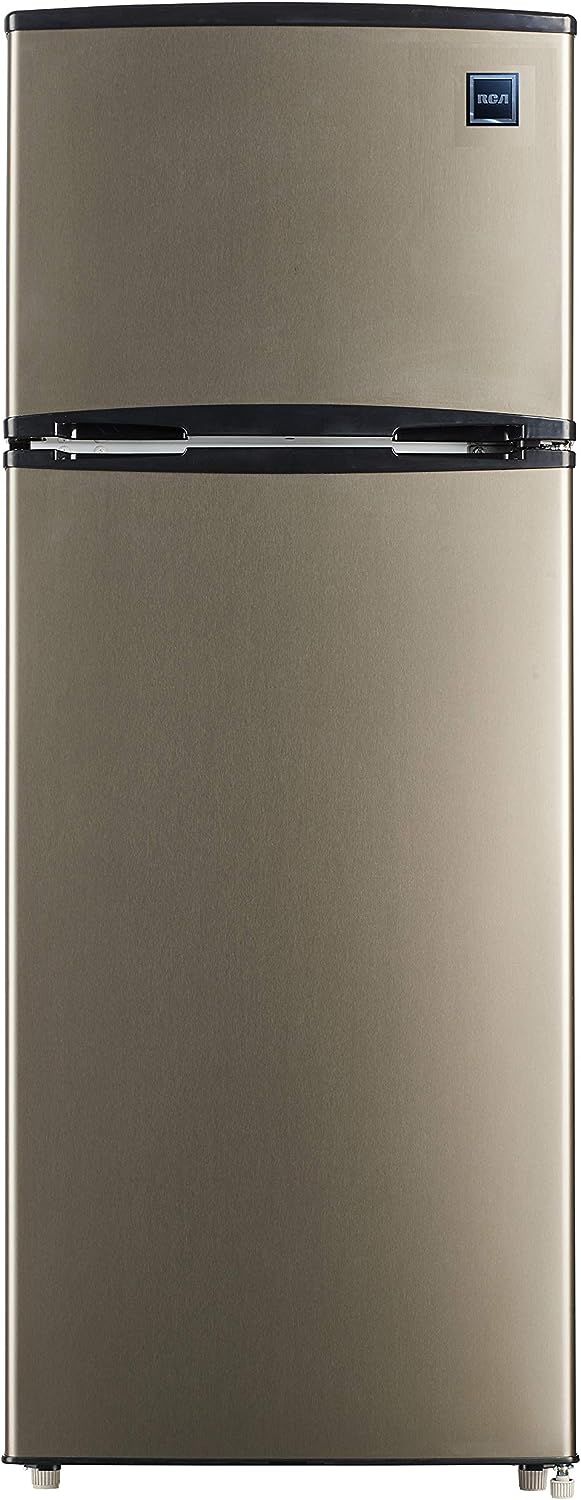Coleslaw is a beloved side dish for many, adding a crunchy and tangy element to meals. Whether paired with a barbecue, enjoyed as a simple salad, or used as a topping for sandwiches, this versatile dish often raises a common question: How long does coleslaw last in the refrigerator? Understanding the shelf life and proper storage techniques can help you make the most of this delightful dish. Let’s delve into the factors that influence the longevity of coleslaw and how to ensure it stays fresh and safe to eat.
Ingredients Influence Shelf Life
The ingredients in coleslaw significantly affect its shelf life. Typically, coleslaw consists of shredded cabbage and carrots mixed with a dressing, which can be mayonnaise-based, vinegar-based, or a combination of both.
- Mayonnaise-Based Coleslaw: Mayonnaise, being an egg-based product, can spoil if not stored properly. Coleslaw with mayonnaise generally lasts around 3 to 5 days in the refrigerator.
- Vinegar-Based Coleslaw: Vinegar acts as a preservative, allowing coleslaw with vinegar to last a bit longer, usually up to 5 to 7 days.
- Freshness of Produce: The initial freshness of the cabbage and other vegetables also plays a role. Fresher ingredients will obviously keep for a longer period.
Choosing the right type of dressing and using fresh produce can extend the shelf life of your coleslaw.
Storage Conditions Matter
Proper storage conditions are crucial for prolonging coleslaw’s shelf life. Attention to temperature, container, and placement within the refrigerator can make a big difference.
- Temperature: Always store coleslaw at a consistent temperature of 40°F (4°C) or below. Avoid frequent temperature fluctuations, which can accelerate spoilage.
- Airtight Containers: Store coleslaw in airtight containers to maintain freshness and prevent it from absorbing other odors in the fridge. Airtight seals also help keep the coleslaw from becoming watery.
- Placement in the Refrigerator: Place coleslaw in the coolest part of the fridge, usually the back or the bottom shelf. This helps maintain a stable temperature.
Following these storage tips ensures coleslaw remains fresh and extends its shelf life.
Signs of Spoiled Coleslaw
Recognizing the signs of spoiled coleslaw is essential to avoid foodborne illnesses. Even if coleslaw appears to be fine, it’s crucial to trust your senses.
- Smell: A sour or off smell is a clear indicator that coleslaw has gone bad. The dressing, particularly mayonnaise, can develop an unpleasant odor when it starts to spoil.
- Texture: Watery coleslaw with limp, soggy cabbage indicates it has been in the fridge too long. Fresh coleslaw should be crisp and crunchy.
- Color: Discoloration, such as browning or dark spots on the cabbage, suggests spoilage. Fresh coleslaw ingredients should retain their vibrant colors.
- Taste: If unsure, take a small taste. Spoiled coleslaw will have an off or sour taste that differs significantly from when it was fresh.
Identifying these signs promptly can prevent you from consuming spoiled coleslaw.
Homemade vs. Store-Bought Coleslaw
The source of your coleslaw—whether homemade or store-bought—can also affect its shelf life.
- Homemade Coleslaw: Typically, homemade coleslaw lacks the preservatives found in commercial versions, so it has a shorter shelf life, usually lasting 3 to 5 days.
- Store-Bought Coleslaw: Commercial coleslaw often contains preservatives that extend its shelf life, lasting up to 7 to 10 days when unopened. Once opened, it should be consumed within the same timeframe as homemade coleslaw.
Understanding these differences can help you plan how long your coleslaw will remain safe and fresh to eat.
Extending Shelf Life with Proper Techniques
There are specific techniques you can employ to maximize coleslaw’s shelf life without compromising quality.
- Prepping Fresh: Prepare coleslaw just before you plan to serve it to ensure maximum freshness.
- Dry Vegetables: After shredding the cabbage and other vegetables, pat them dry to remove excess moisture, which can cause sogginess.
- Separate Storage: Store the vegetables and dressing separately, mixing them just before serving. This prevents the vegetables from becoming soggy and extends their freshness.
By implementing these techniques, you can enjoy fresher coleslaw for a longer period.
Freezing Coleslaw: Is It Possible?
Can you freeze coleslaw to extend its shelf life? The answer depends on the type of dressing used.
- Mayonnaise-Based Coleslaw: Freezing is not recommended, as mayonnaise tends to separate and become watery upon thawing, compromising the texture.
- Vinegar-Based Coleslaw: This type of coleslaw freezes better. To freeze, place it in an airtight container or freezer bag, leaving some space for expansion. It can last up to 3 months in the freezer.
If you need to preserve coleslaw longer, opt for vinegar-based recipes before freezing.
Safe Thawing Practices
If you choose to freeze coleslaw, knowing how to thaw it correctly is pivotal for maintaining its texture and flavor.
- Refrigerator Thawing: The safest method is to thaw coleslaw in the refrigerator. Place the container in the fridge for several hours or overnight.
- Draining Excess Liquid: Once thawed, drain any excess liquid, as freezing can release additional moisture, making the coleslaw watery.
- Re-Mix Dressing: Refresh the coleslaw by mixing in a little extra dressing to restore its original flavor and texture.
Proper thawing practices ensure that your frozen coleslaw retains as much of its original quality as possible.
Making Coleslaw Last Longer in the Fridge
There are additional tips and tricks you can utilize to help coleslaw last longer in the refrigerator.
- Use Fresh Ingredients: Starting with the freshest possible ingredients will naturally extend the life of your coleslaw.
- Proper Sealing: Ensure all containers are properly sealed to maintain freshness and prevent contamination.
- Regular Checks: Periodically check the coleslaw for signs of spoilage. Early intervention can help you preserve the remaining fresh portions.
Implementing these strategies can help you keep your coleslaw fresh for as long as possible.
Impact of Additives and Seasonings
The type of seasonings and additives used in coleslaw can also affect its shelf life.
- Salt Content: Higher salt content can act as a preservative, extending shelf life slightly, but can also cause the vegetables to release more water over time.
- Acidity Levels: Higher vinegar content can prolong the freshness due to its preservative qualities.
- Alternative Dressings: Using dressings with natural preservatives like citrus juice can enhance shelf life while adding flavor.
Adjusting your recipe with these factors in mind can help you create longer-lasting coleslaw.
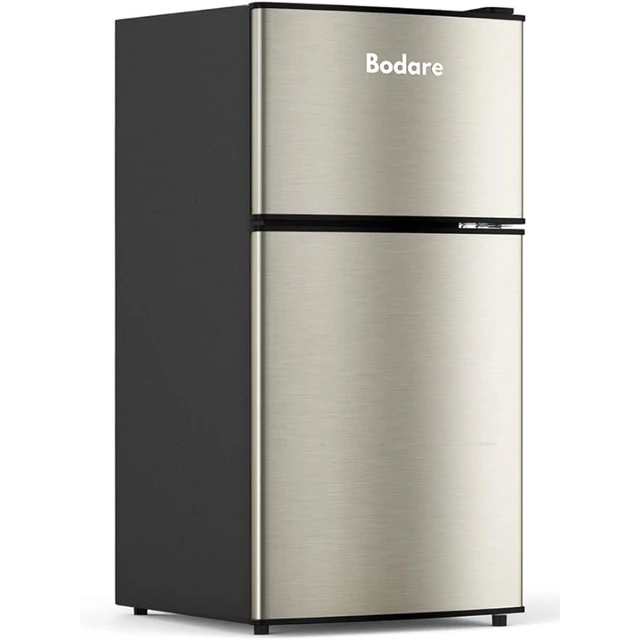 Role of Container Material
Role of Container Material
The type of container used for storing coleslaw significantly influences its shelf life.
- Glass Containers: Glass containers are non-porous and don’t absorb food odors or stains, making them a good choice for storing coleslaw.
- Plastic Containers: Use BPA-free plastic containers to avoid potential chemical leaching. Ensure they are airtight to maintain freshness.
- Stainless Steel: Stainless steel containers are durable and resist odor and stain absorption, providing another excellent storage option.
Choosing the right container can help maintain the quality and safety of your coleslaw.
Frequent Consumption and Meal Planning
Incorporating coleslaw into your meal planning can ensure it is consumed while it’s still fresh.
- Meal Prepping: Include coleslaw in multiple meals throughout the week to guarantee it’s eaten within its optimum freshness period.
- Portion Control: Prepare and store coleslaw in individual portions to reduce exposure to air and contamination when accessing it.
- Creative Uses: Experiment with using coleslaw in a variety of dishes, such as wraps, tacos, and salads, to keep your meals interesting.
Planning and creativity can help you maximize the use of your coleslaw.
Conclusion
So, how long does coleslaw last in the refrigerator? Typically, homemade coleslaw lasts about 3 to 5 days, while store-bought varieties can last up to 7 to 10 days unopened or 3 to 5 days after opening. Factors such as the type of dressing, initial freshness of ingredients, and proper storage techniques significantly influence its shelf life. By paying attention to storage conditions, recognizing signs of spoilage, employing proper preparation techniques, and considering freezing options for vinegar-based recipes, you can extend the life of your coleslaw. Frequent checks and thoughtful meal planning ensure you consume it within a safe and delicious timeframe, allowing you to enjoy this versatile and flavorful side dish to its fullest.

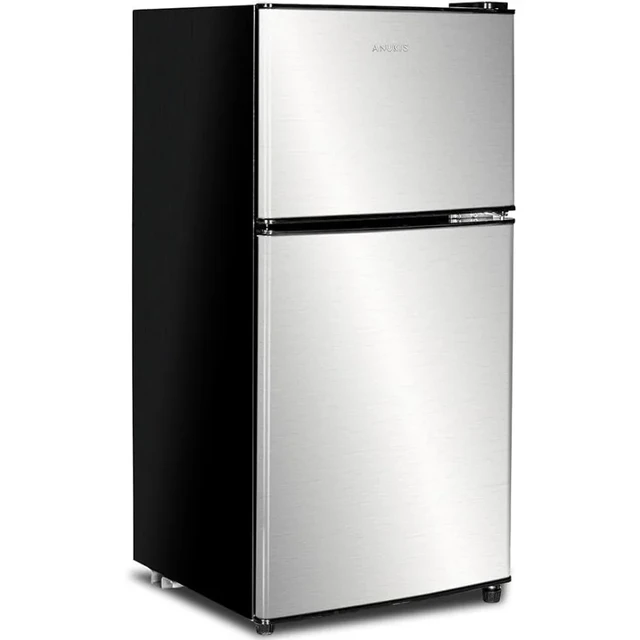
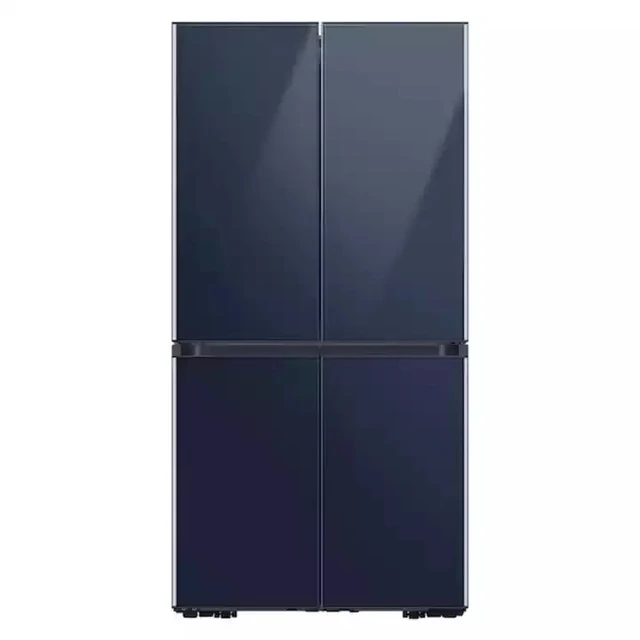
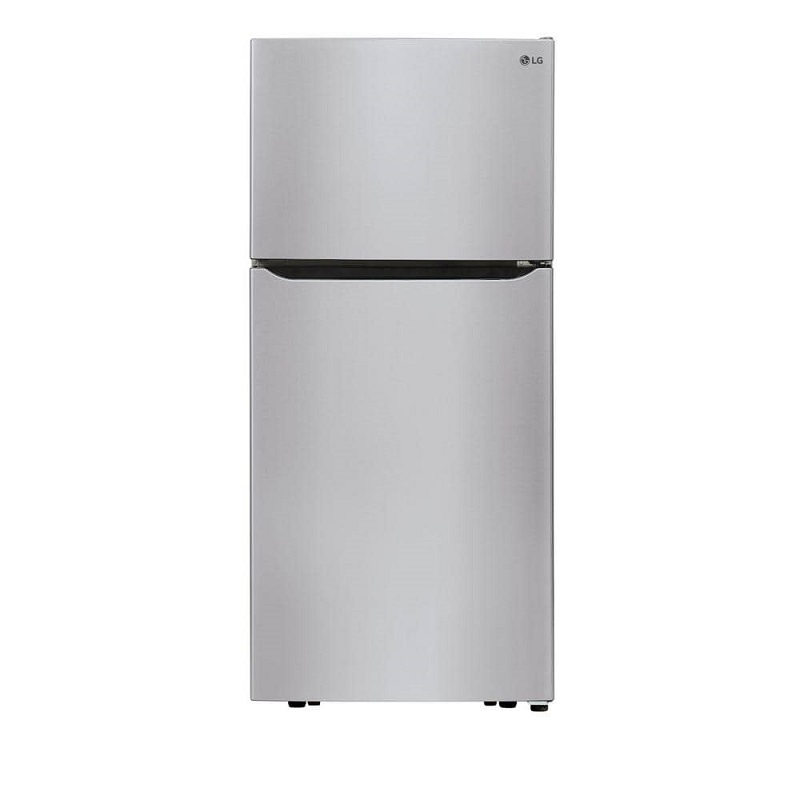
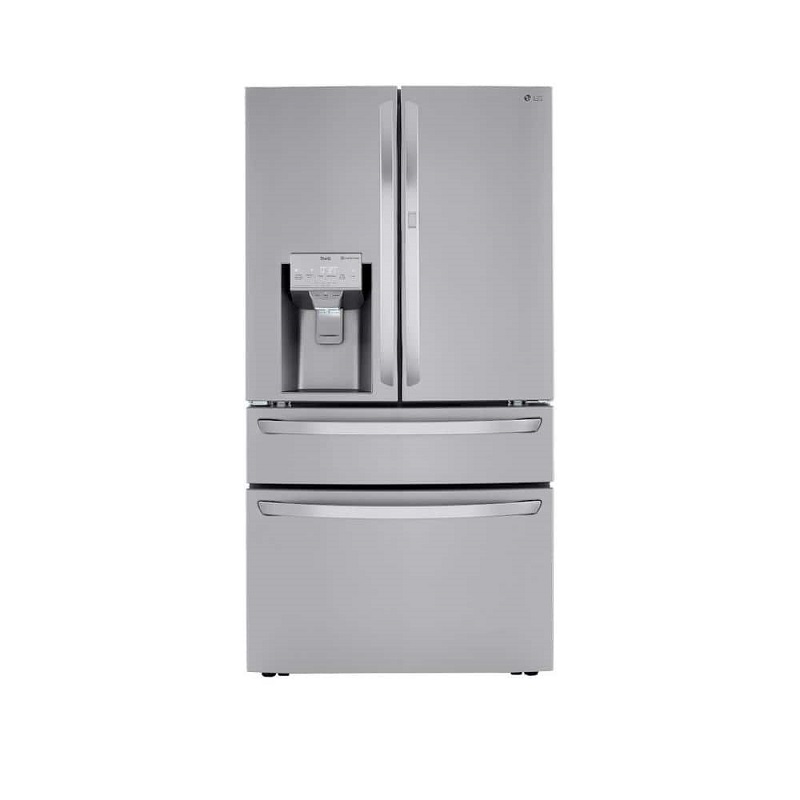
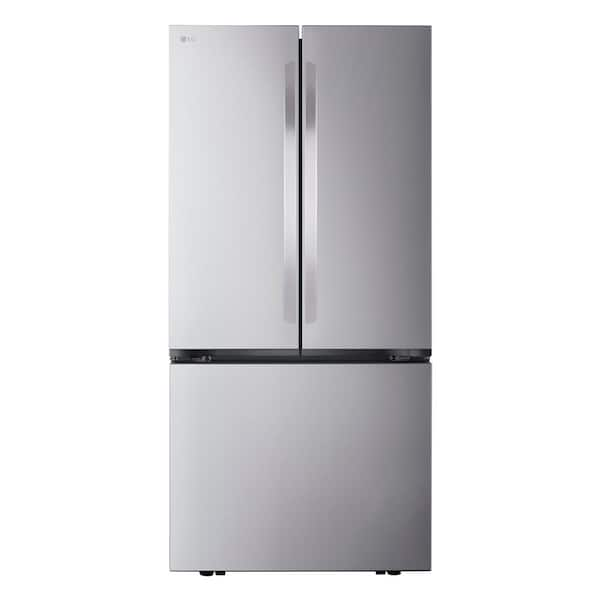
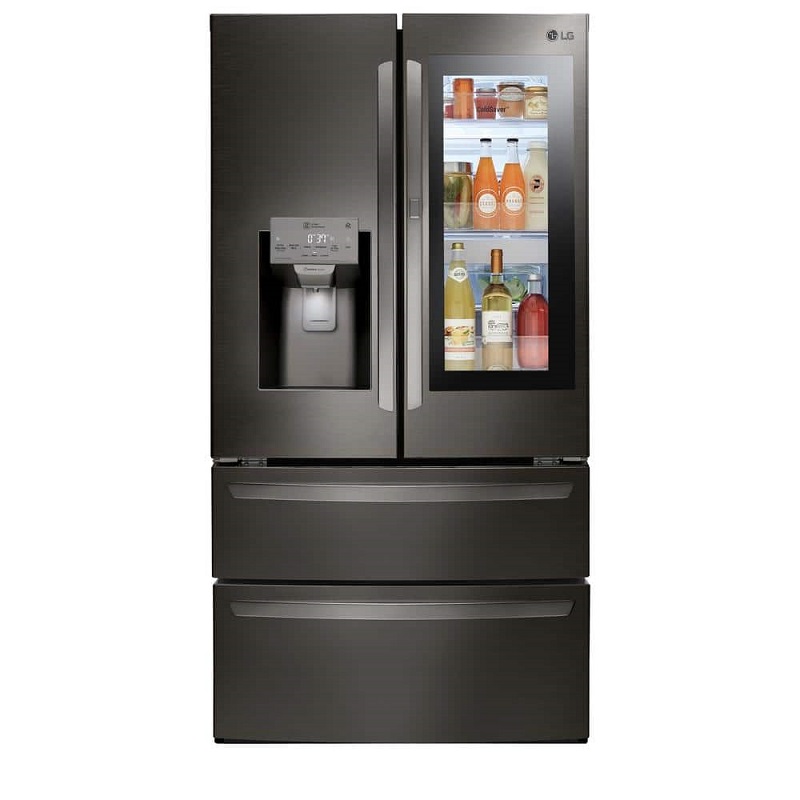

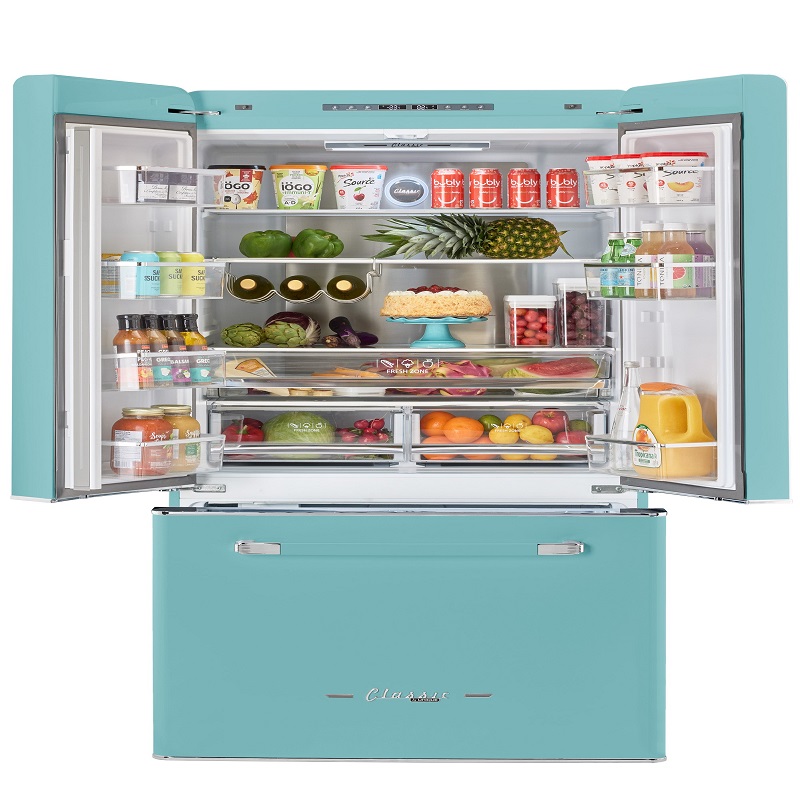
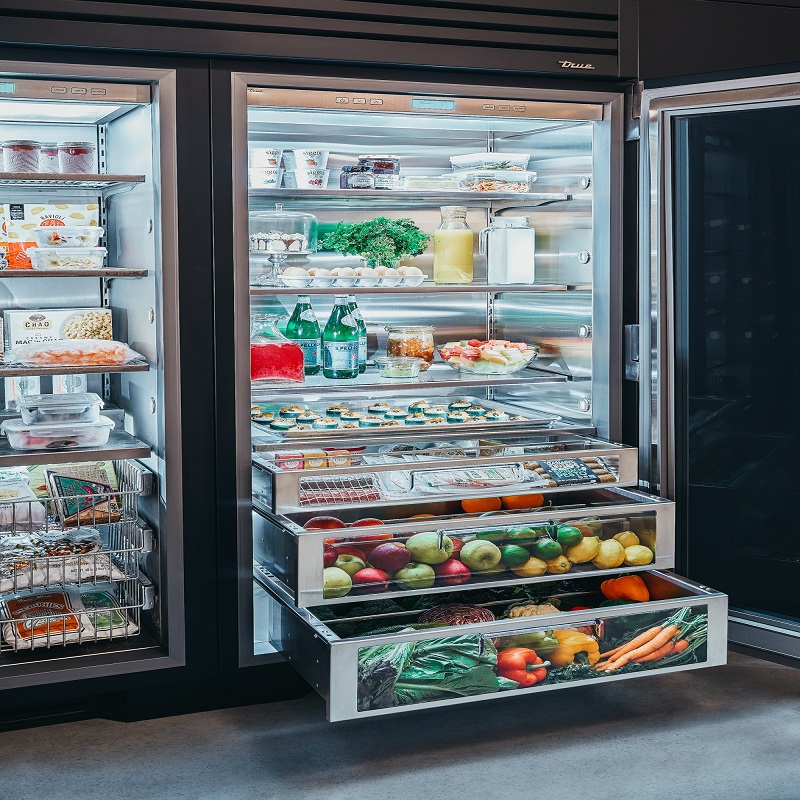
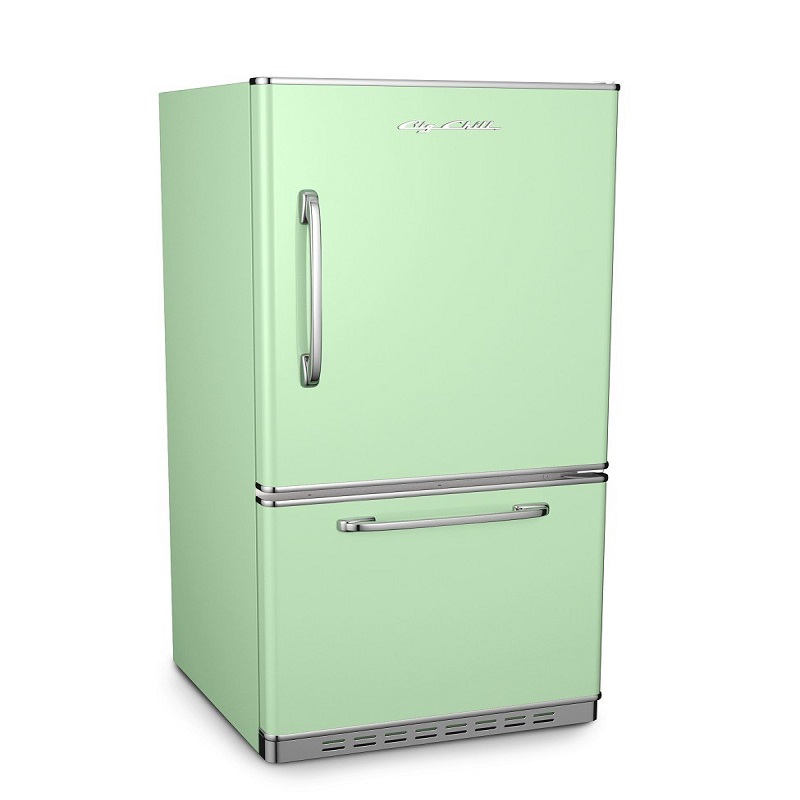
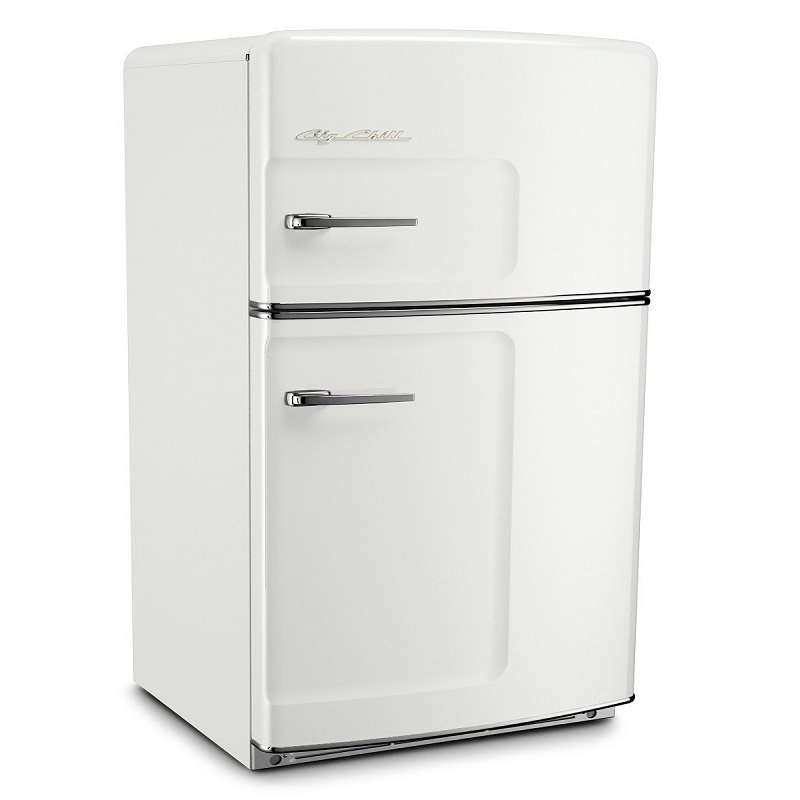
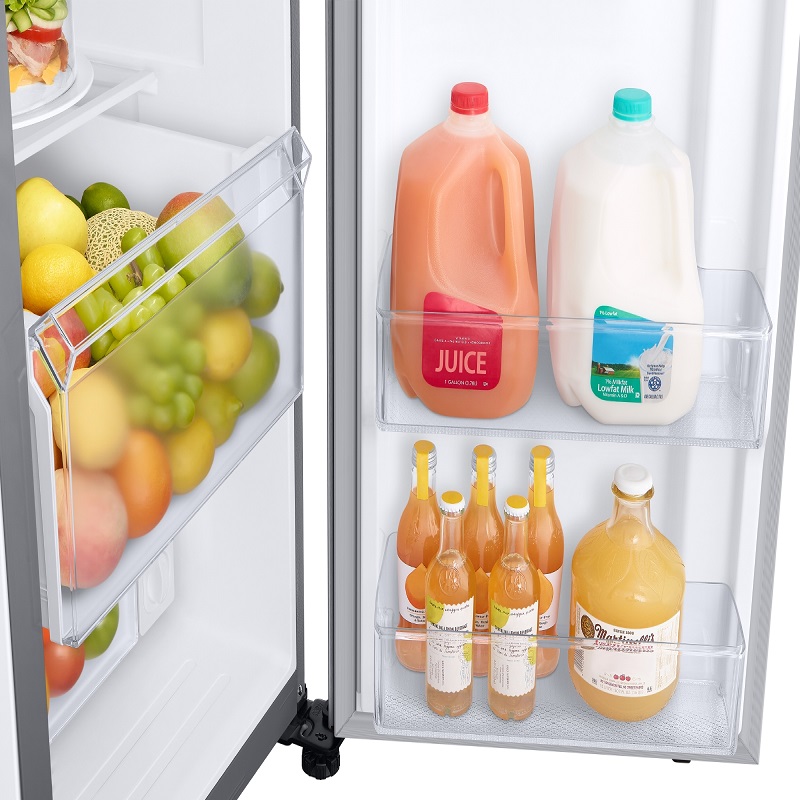
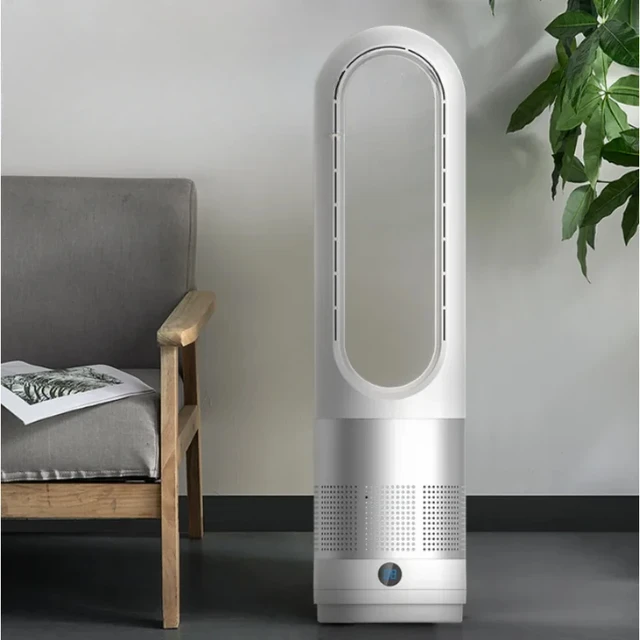
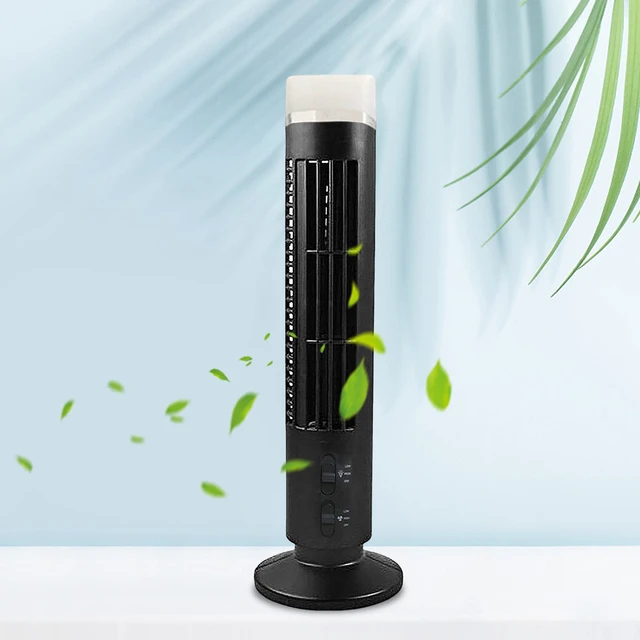
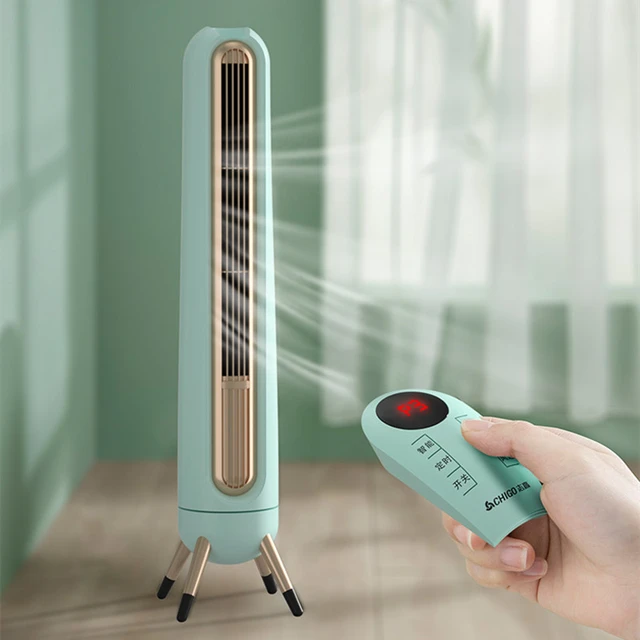
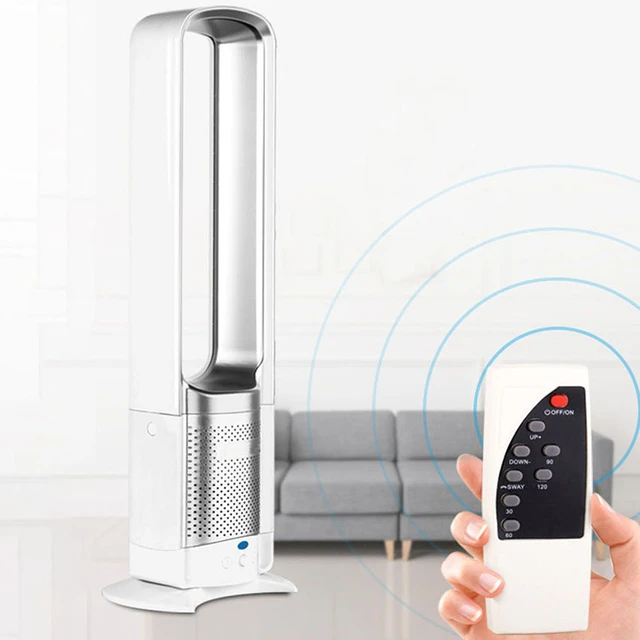
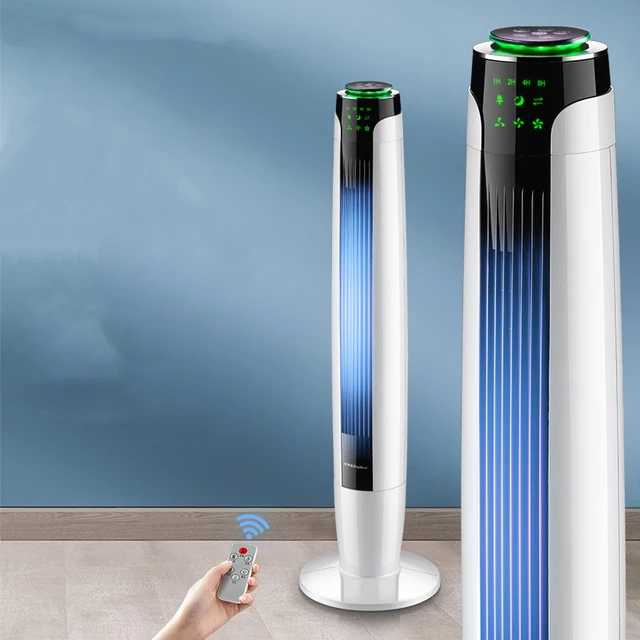
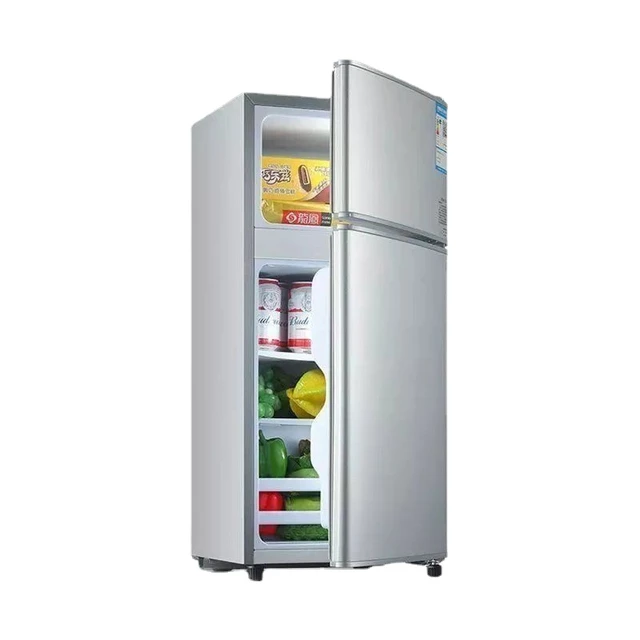
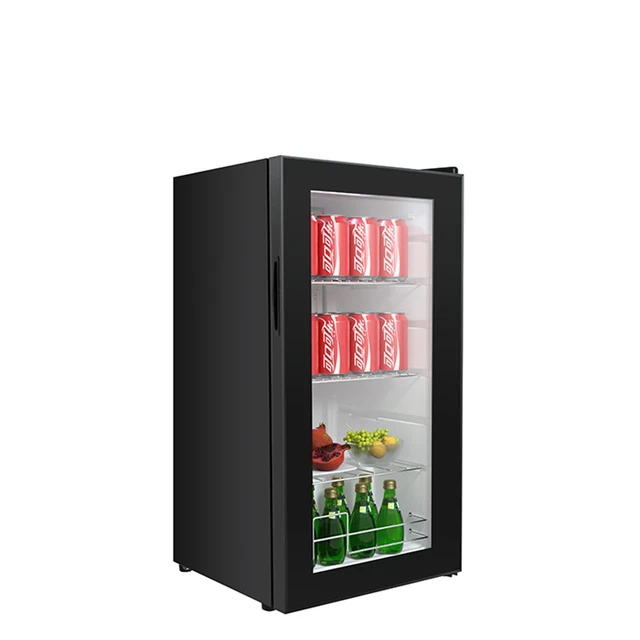 Improving Refrigeration Efficiency
Improving Refrigeration Efficiency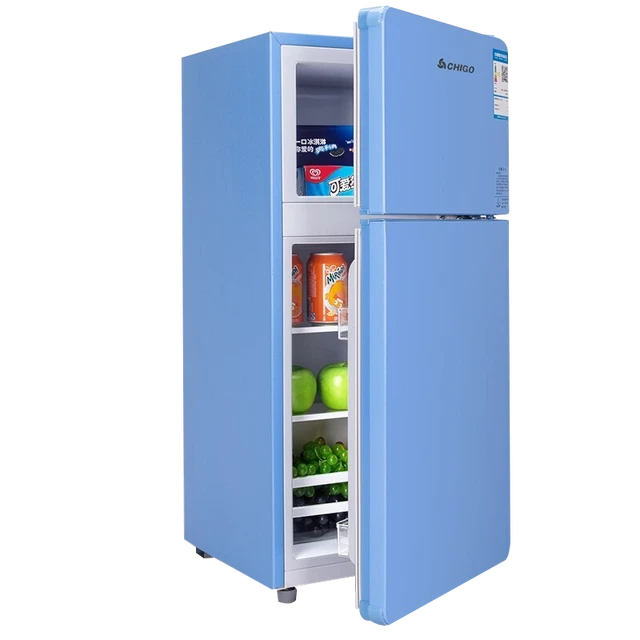 Technological Advancements
Technological Advancements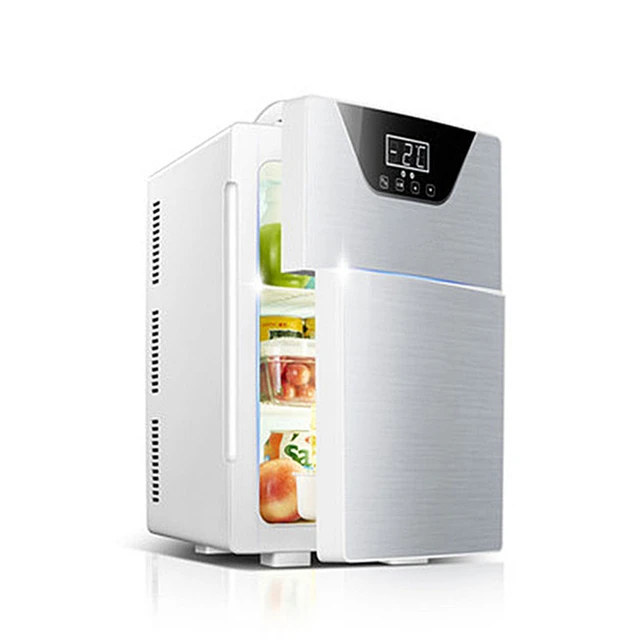
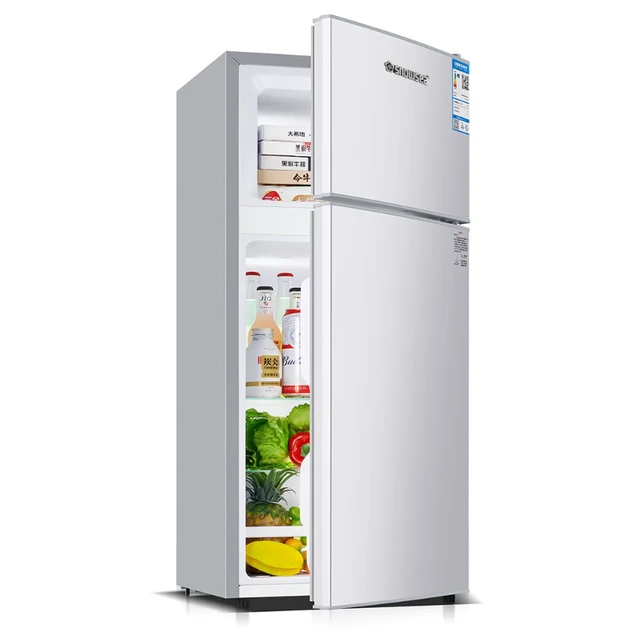 Using the ‘Power Cool’ and ‘Power Freeze’ Functions
Using the ‘Power Cool’ and ‘Power Freeze’ Functions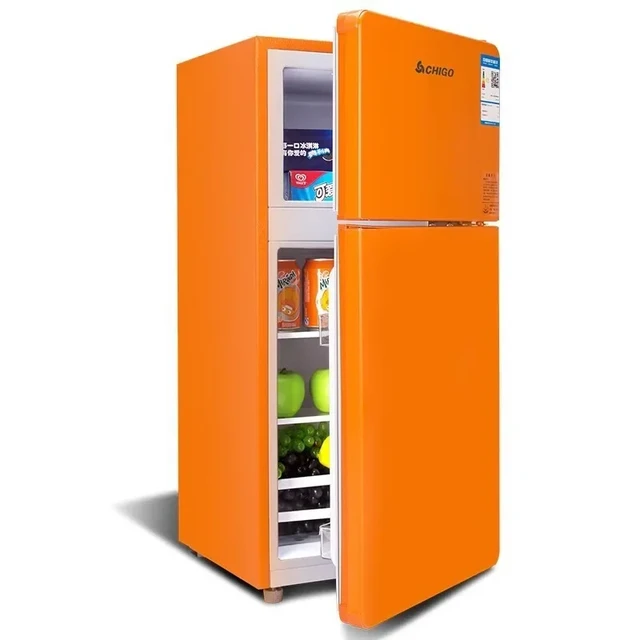 Troubleshooting Common Issues
Troubleshooting Common Issues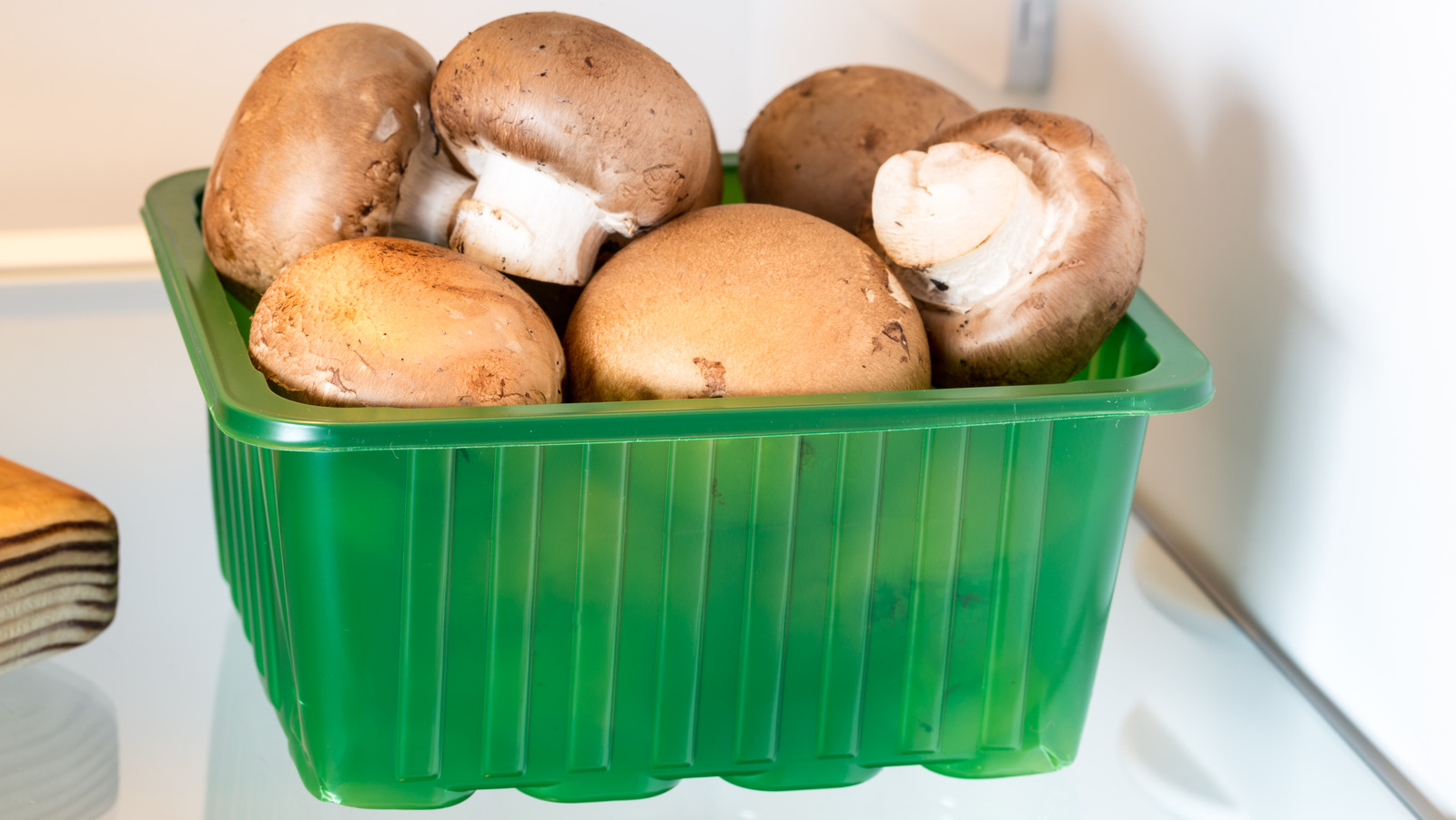
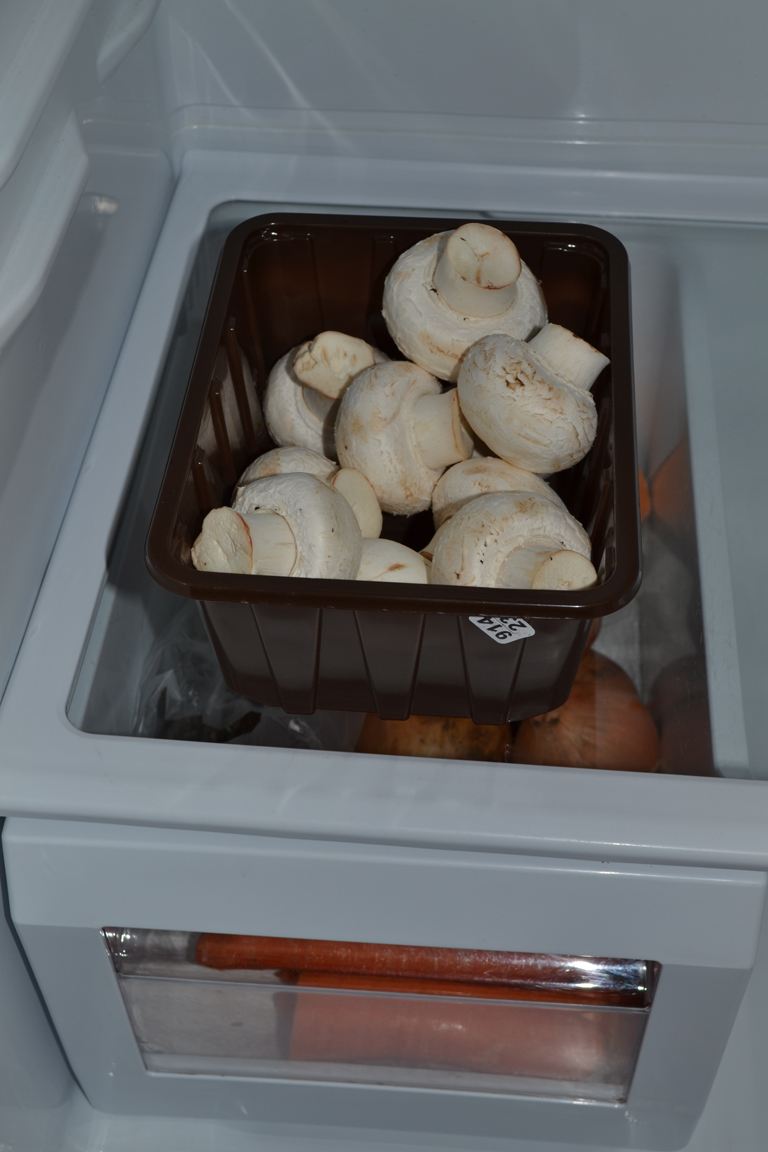 Oyster Mushrooms:
Oyster Mushrooms: Signs of Spoilage:
Signs of Spoilage: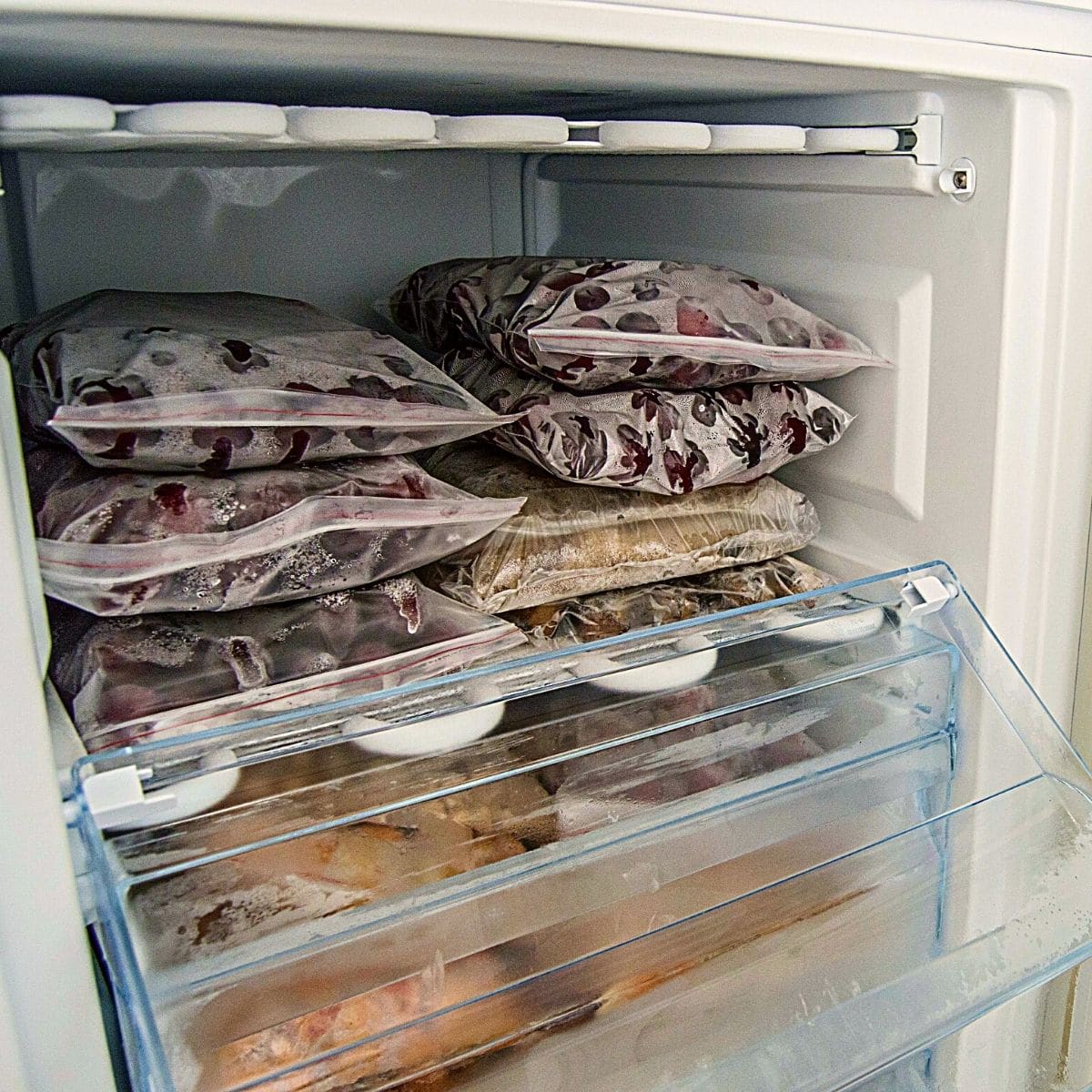 Freezing Mushrooms:
Freezing Mushrooms:  Storage After Cooking:
Storage After Cooking: 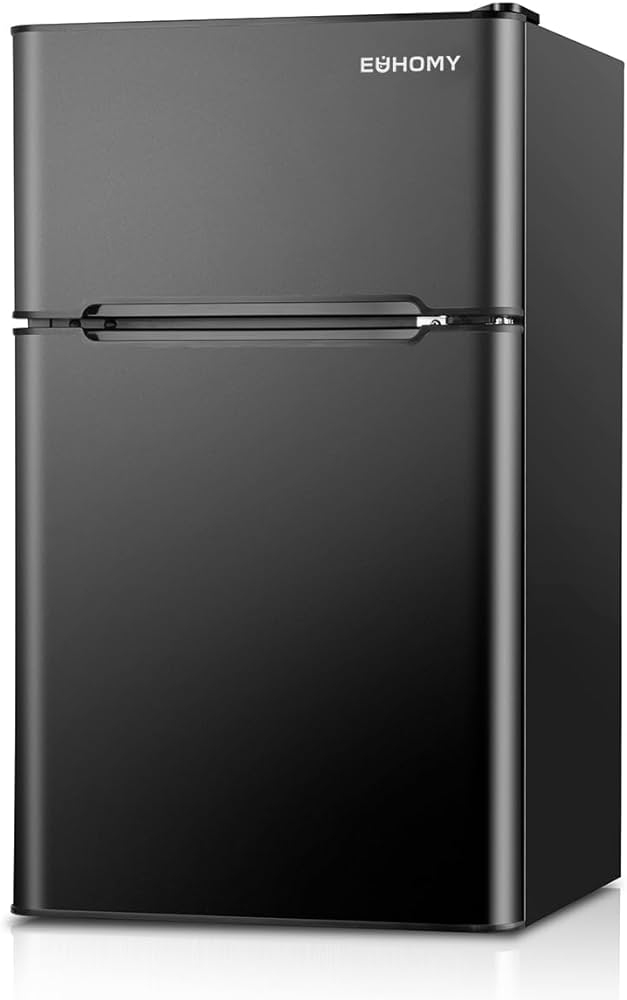
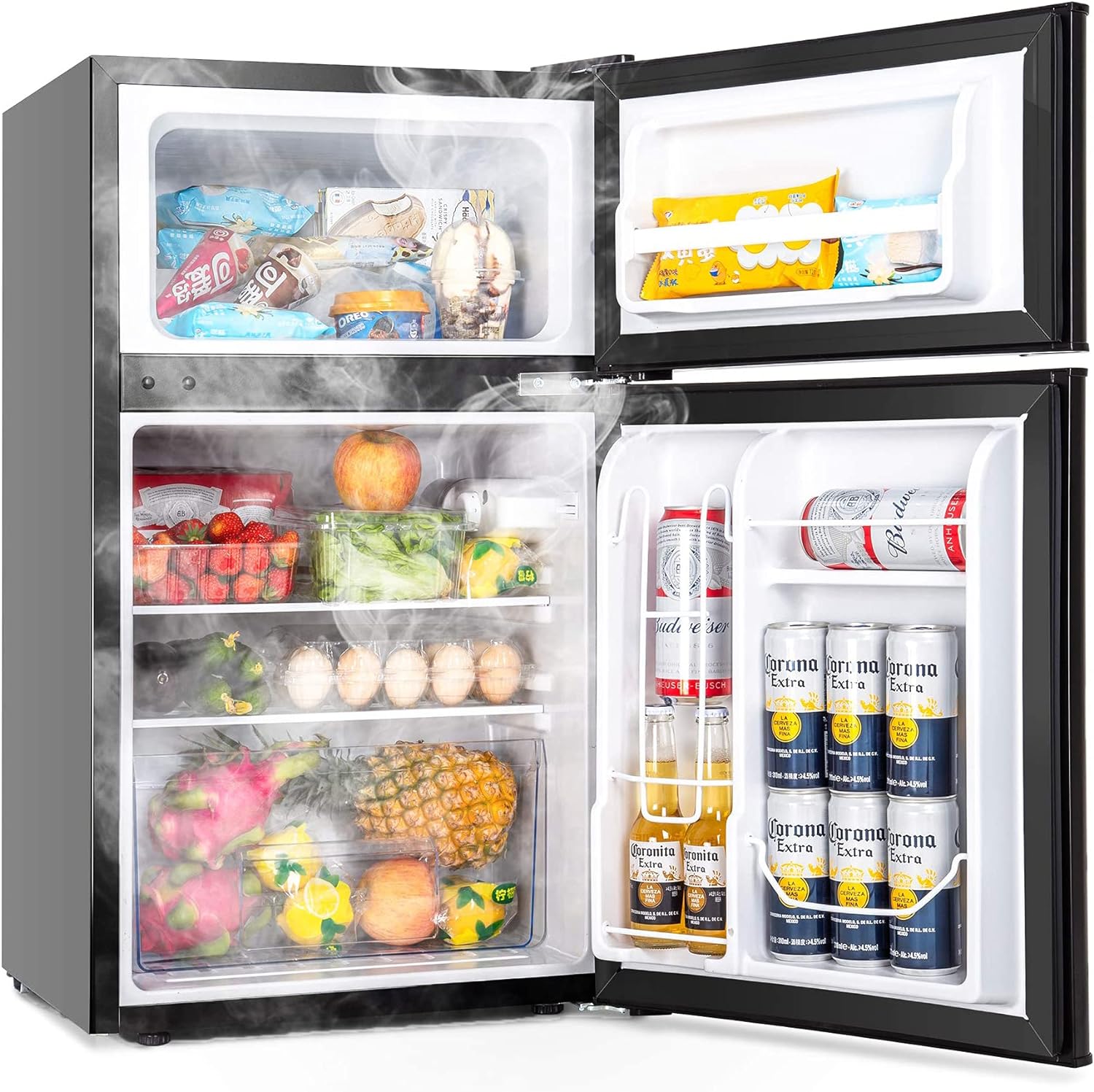 Deep Cleaning:
Deep Cleaning: 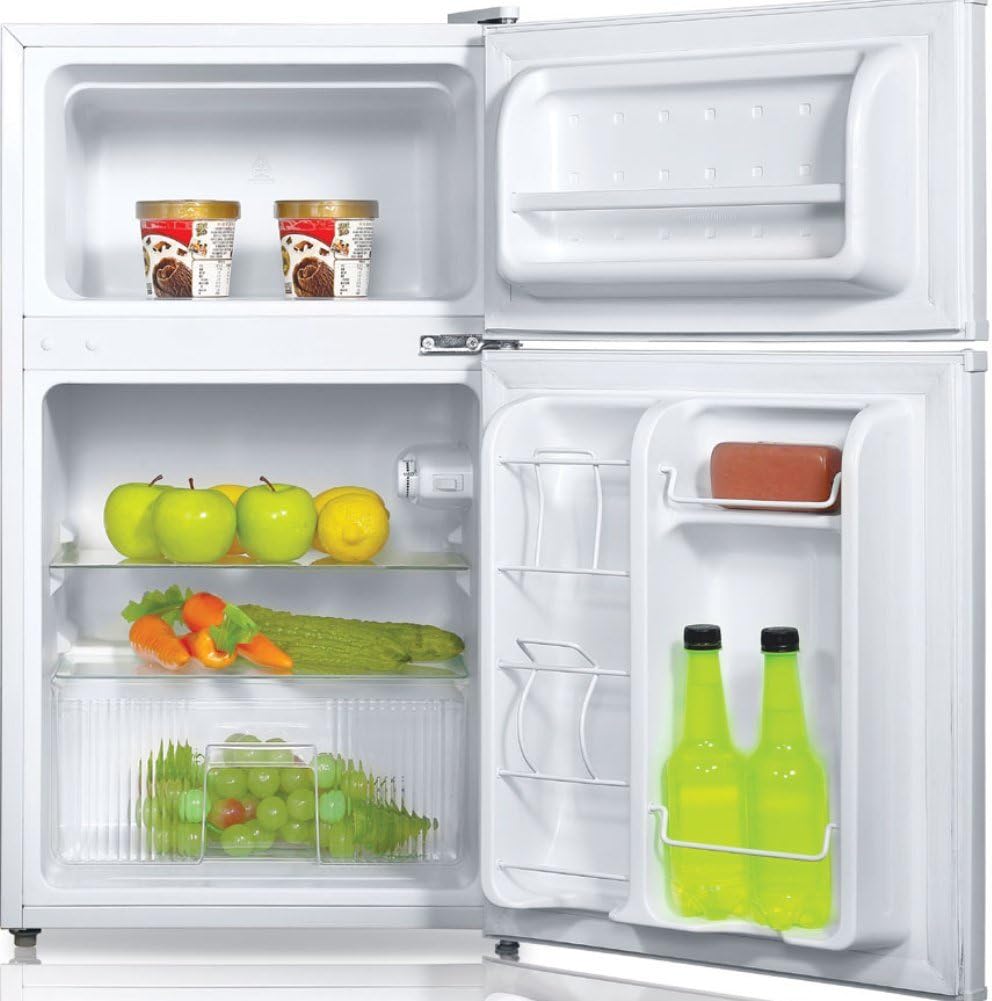 Odor Absorbers:
Odor Absorbers: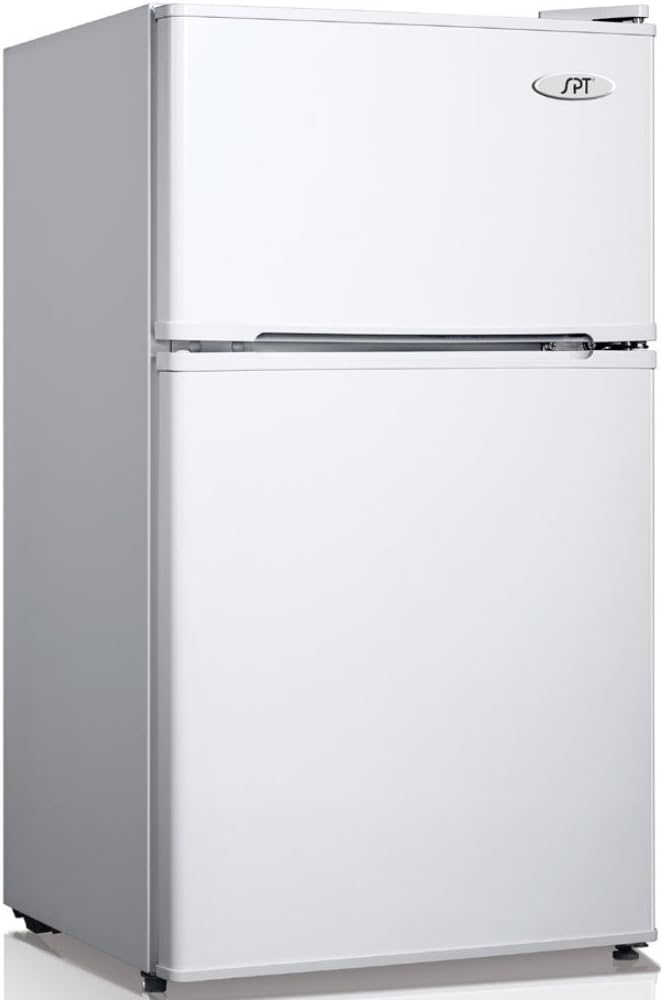 Removing Persistent Odors:
Removing Persistent Odors: 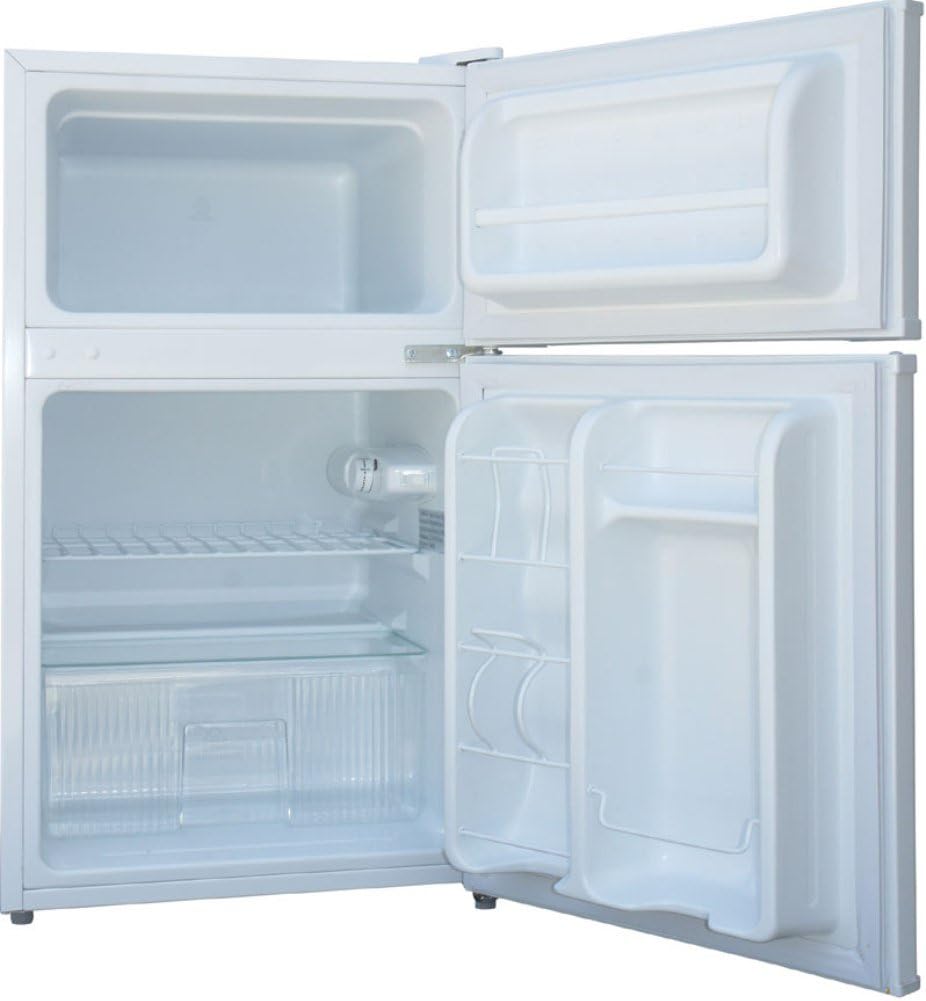 Organized Storage:
Organized Storage: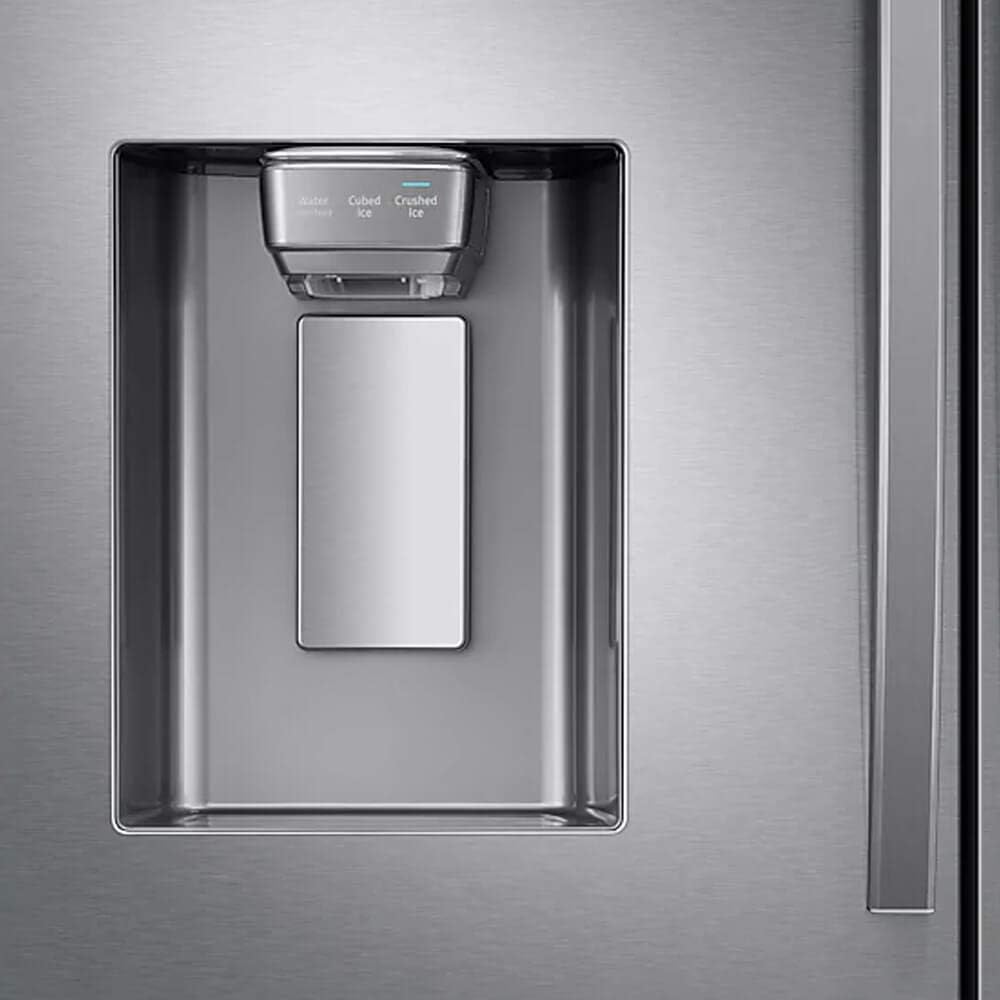
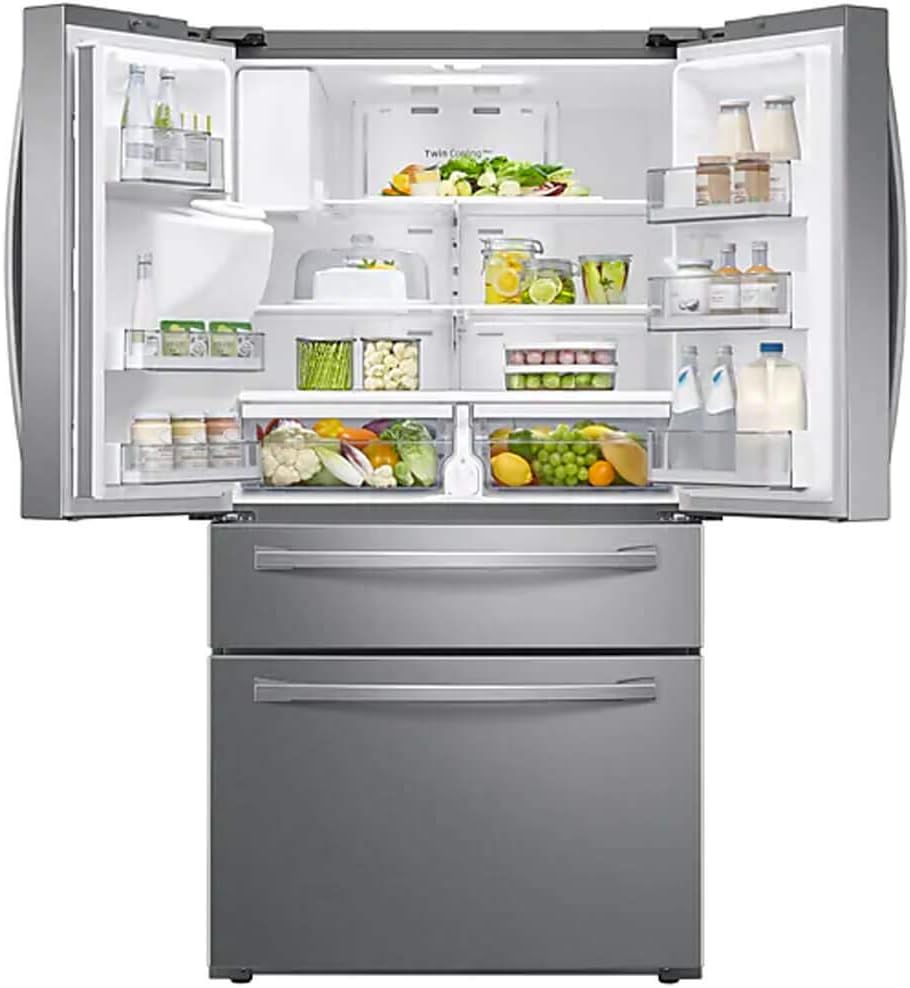 Placement and Arrangement:
Placement and Arrangement: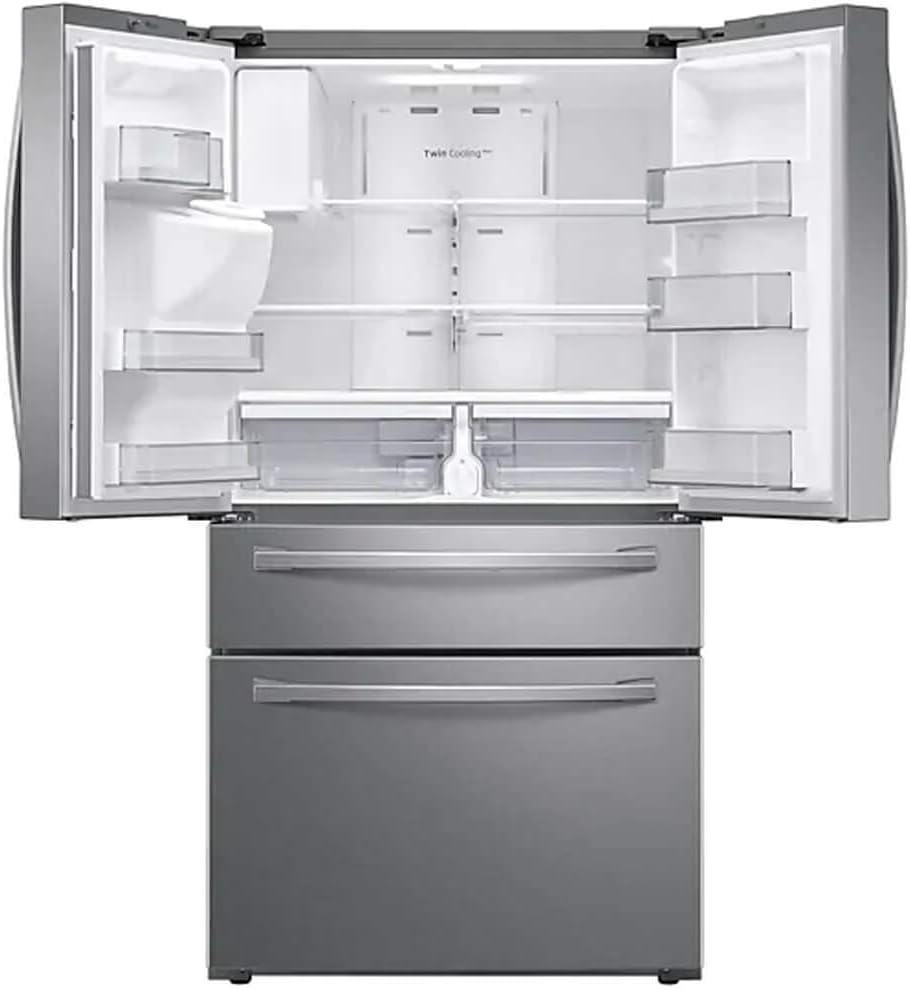 Texture Examination:
Texture Examination: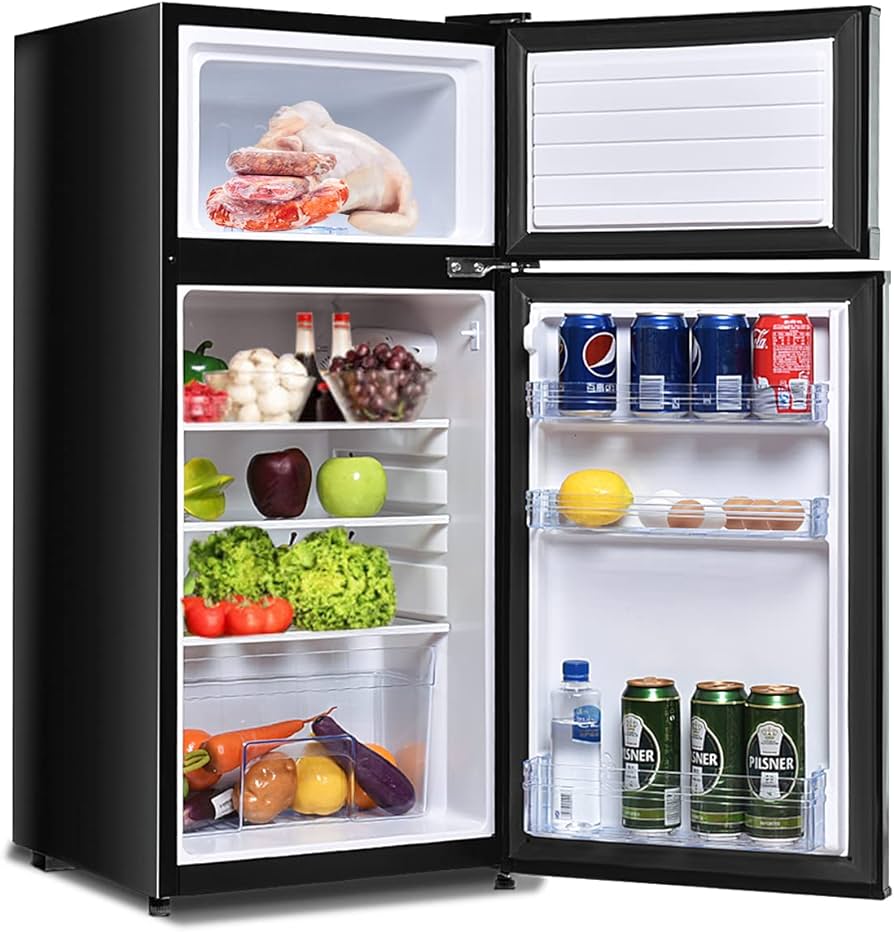 Tips for Freshness:
Tips for Freshness: 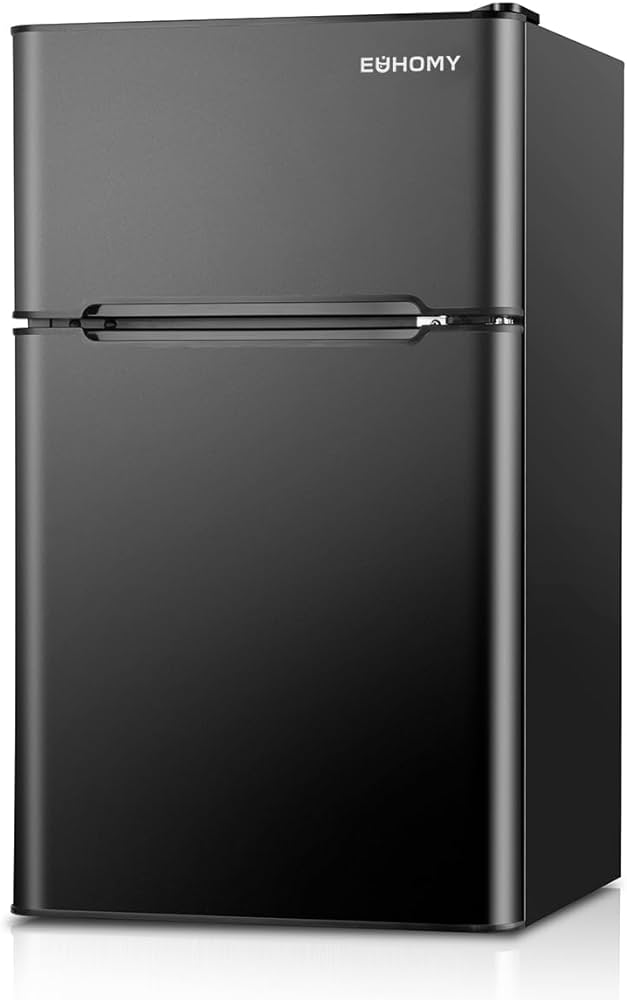 Reheating Guidelines:
Reheating Guidelines: 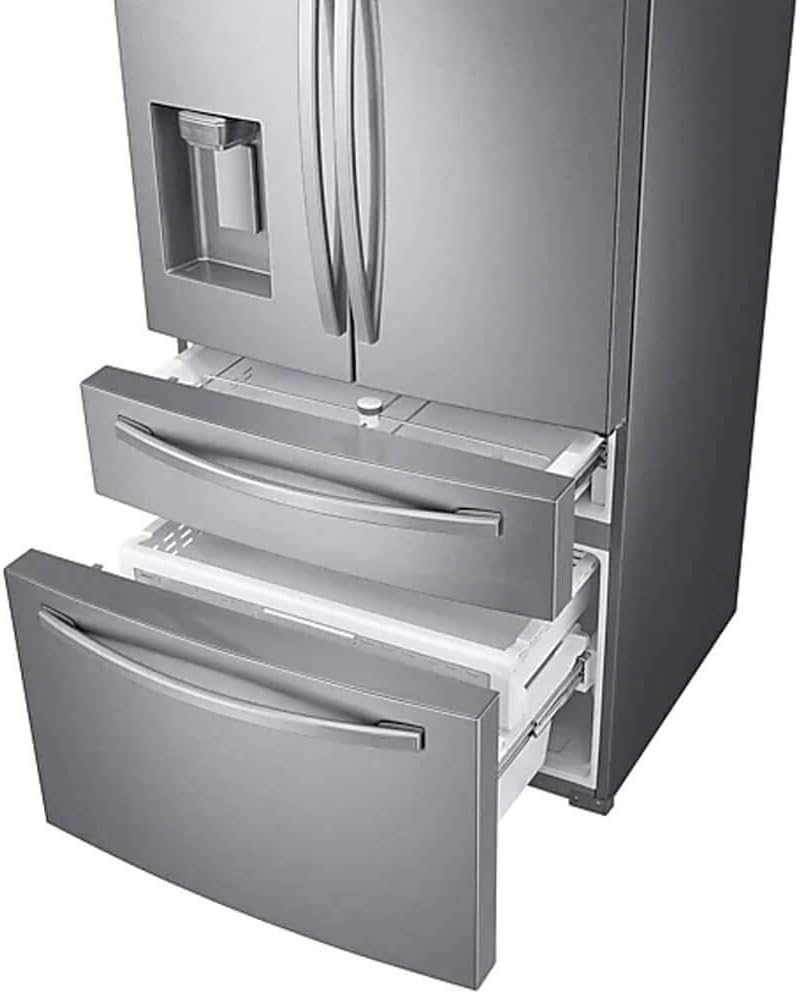
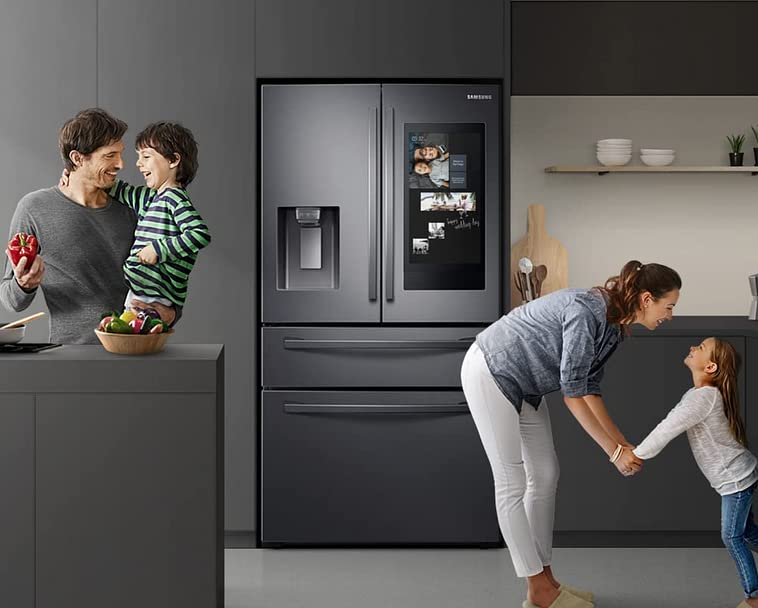 Power Requirements:
Power Requirements: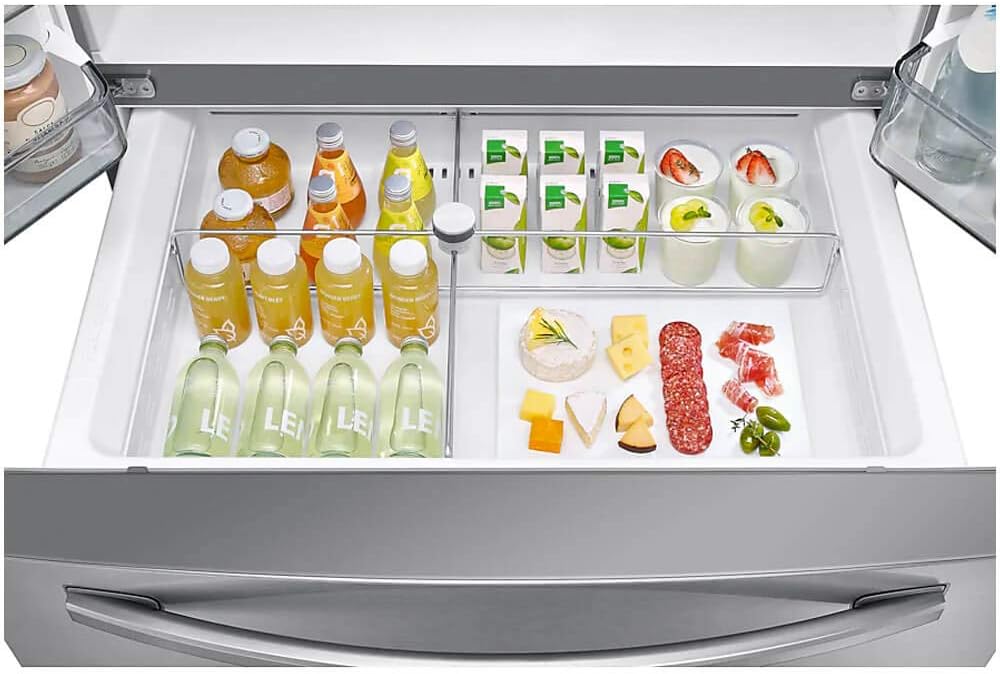 Control Panel Configuration:
Control Panel Configuration: